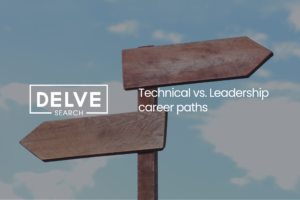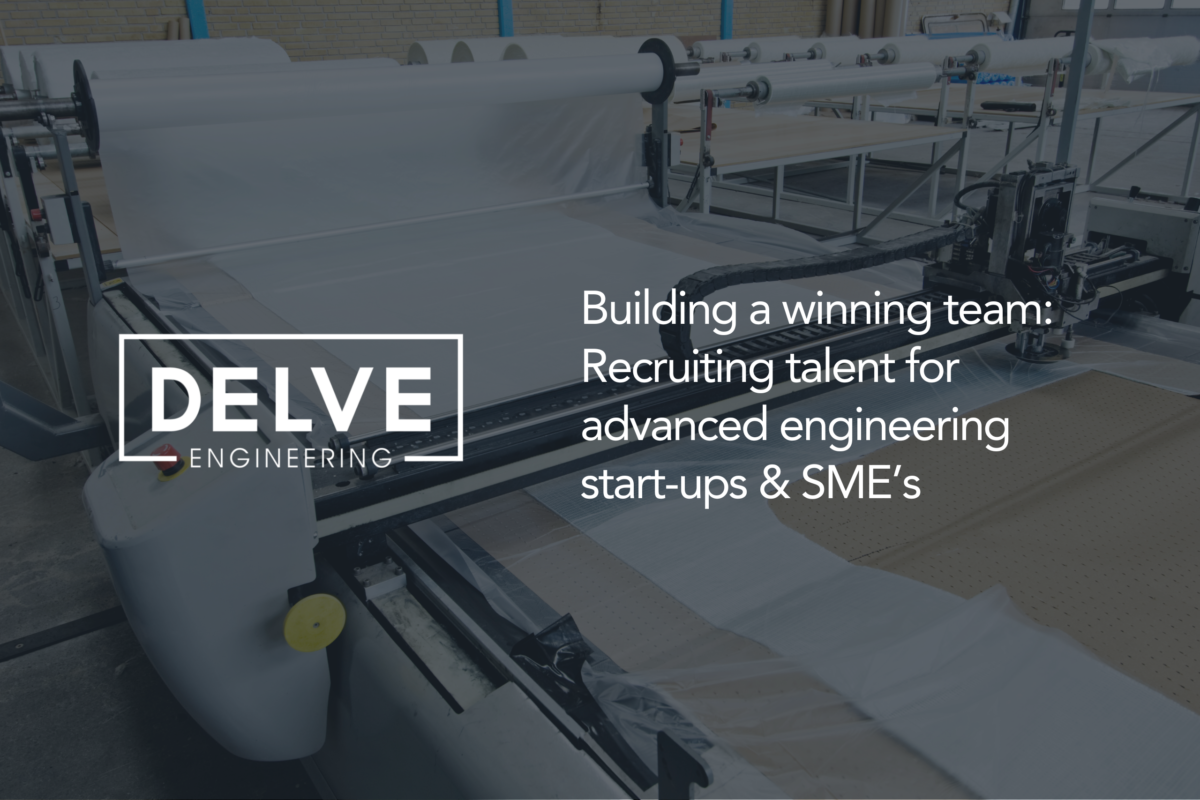
Benefits of attending Advanced Engineering trade shows
By Louise Shorrock, Client Manager
Our team recently attended JEC World in Paris which was a great success.
To get the most out of trade shows, a lot of time and planning goes into the organisation of meetings with clients. It involves strong communication within the team to coordinate who is going to do what, consideration of logistics of various locations across the multiple halls, and using a streamlined format to collate all the information that is obtained.
The more shows you attend, the more you learn about how to maximise the opportunity for future visits.
Being organised in your approach definitely comes with it’s benefits, we have included below our 9 key advantages of attending trade shows:
Stay updated – discover the latest trends and innovations
Networking – connect with industry leaders, researchers, clients and potential collaborators
Hands-on experience – interact with cutting-edge technologies through demos and exhibits
Discover new technologies – explore products and solutions that can address specific challenges
Ongoing Learning – gain insights from educational sessions and keynote speakers
Market research – conduct competitive analysis and gather market insights
Develop partnerships – enhancing existing or developing new client collaborations
Professional development – enhance skills and expertise through learning and engagement
Inspiration – Get inspired by visionary ideas and innovative solutions
In summary, attending these shows is an important way to strengthen your stance in the market and to build lasting relationships with clients who face hiring challenges.
Get in touch with Louise to see how she can support you with your recruitment strategy:
Call: +44 1606 212020
Share This Blog
Recent Articles

Technical vs. Leadership career paths

The hidden engine of Germany’s innovation: Why the future of engineering relies on a proactive approach

Networking Tips for Semiconductor Professionals in Europe

Key workforce challenges in the Advanced Engineering sector

Breaking into the Semiconductor Industry: Tips for engineering graduates




















